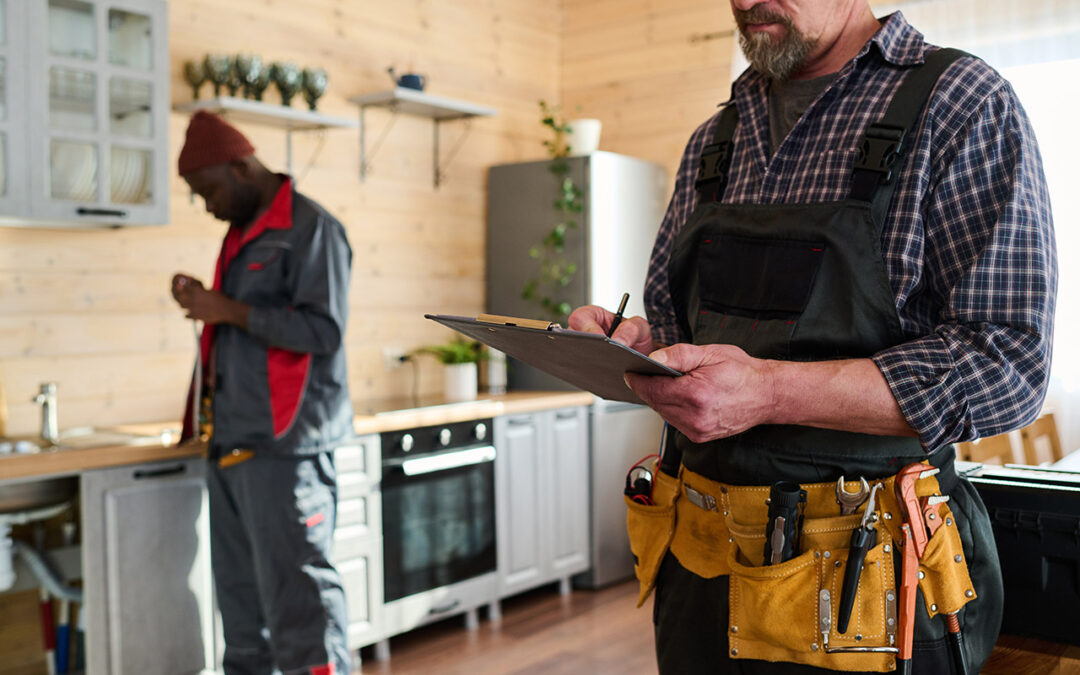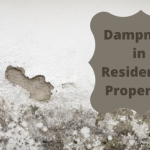How to Conduct a Home Water Audit: Finding and Fixing Leaks
 Conducting a home water audit is a proactive step towards understanding and managing your household’s water usage. This process not only helps identify leaks that could lead to large water wastage and high DEWA bills but also promotes water conservation and sustainability. Follow this comprehensive guide to perform an effective home water audit, ensuring your home is as water-efficient as possible.
Conducting a home water audit is a proactive step towards understanding and managing your household’s water usage. This process not only helps identify leaks that could lead to large water wastage and high DEWA bills but also promotes water conservation and sustainability. Follow this comprehensive guide to perform an effective home water audit, ensuring your home is as water-efficient as possible.
Introduction to Home Water Audits
A home water audit assesses water use within a household to identify areas of inefficiency and leaks. By systematically examining water fixtures, appliances, and outdoor irrigation systems, homeowners can pinpoint issues that, once addressed, can lead to substantial savings and environmental benefits.
Preparing for Your Home Water Audit
Gather Necessary Tools
Equip yourself with a few basic tools for the audit, including a water meter key, dye tablets or food colouring for toilet leak tests, a notebook for recording findings, and a stopwatch for flow rate measurements.
Understand Your Water Bill
Begin by reviewing your water bill to understand your average consumption. Look for any recent spikes in usage, which could indicate leaks or inefficiencies.
Step-by-Step Guide to Conducting a Home Water Audit
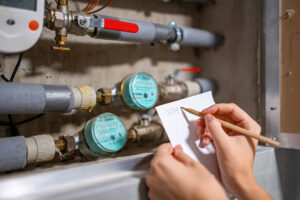 Check Your Water Meter
Check Your Water Meter
Start with the water meter, often located near the curb in front of your home. Record the reading, avoid using water for a couple of hours, and check the meter again. Any change indicates a possible leak.
Inspect Indoor Fixtures for Leaks
Toilets, faucets, and showerheads are common sources of indoor leaks.
- Toilets: Add dye tablets or a few drops of food colouring to the toilet tank. Wait 15-30 minutes without flushing. Colour in the bowl indicates a leak.
- Faucets and Showerheads: Look for drips or listen for leaks, especially at connections. Check under sinks for moisture or signs of leaks.
Evaluate Appliances for Water Efficiency
Assess the water use of dishwashers, washing machines, and water heaters. Older models often use more water than necessary. Consider replacing them with Energy Star-rated appliances for better efficiency.
Outdoor Irrigation and Hoses
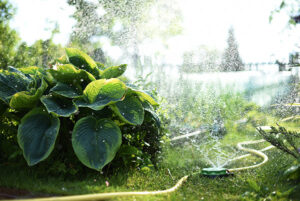 Examine outdoor hoses, faucets, and sprinkler systems for leaks. Check the system’s controller settings to ensure it’s only watering as much as needed, and consider rain sensors to avoid unnecessary watering.
Examine outdoor hoses, faucets, and sprinkler systems for leaks. Check the system’s controller settings to ensure it’s only watering as much as needed, and consider rain sensors to avoid unnecessary watering.
Identifying and Addressing Invisible Leaks
Underground Leaks
Signs of underground leaks include unusually lush patches of grass, soggy ground, or an exposed area where water pools. Professional leak detection may be necessary for these cases.
Hidden Indoor Leaks
Leaks behind walls or under floors can be challenging to detect. Pay attention to musty odours, damp spots, or unexplained mould growth, which could indicate hidden moisture.
Fixing Common Household Leaks
DIY Repairs for Simple Leaks
Many common leaks, such as dripping faucets or running toilets, can be fixed with basic DIY skills. For faucets, replacing washers or O-rings is often the solution. For toilets, replacing the flapper or adjusting the float can usually stop the leak.
When to Call a Professional
For more complex issues, such as leaks in the supply line or repairs that require plumbing modifications, it’s best to hire a professional plumber. They can also help with installing water-efficient fixtures and appliances.
Enhancing Home Water Efficiency
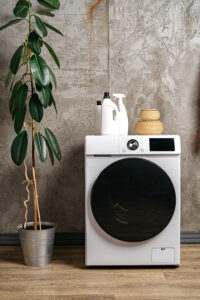 Install Water-Saving Fixtures
Install Water-Saving Fixtures
Upgrading to low-flow showerheads, faucets, and dual-flush or low-flow toilets can significantly reduce water usage without sacrificing performance.
Adopt Water-Smart Practices
Changing the way you use water in your home can make a big impact. Take shorter showers, only run dishwashers and washing machines with full loads, and fix leaks promptly.
Reviewing and Acting on Audit Findings
Compile and Analyse Results
After completing your audit, compile the findings to identify the most pressing issues. Prioritise repairs based on their potential for water and cost savings.
Develop a Water Efficiency Plan
Create a plan to address identified leaks and inefficiencies. Schedule repairs, consider upgrades to more efficient appliances, and set goals for reducing overall water use.
Monitor Water Use Going Forward
Keep an eye on your water bill and consumption patterns. Regular monitoring can help you catch new leaks early and track the effectiveness of your water-saving strategies.
The Benefits of a Home Water Audit
Conducting a home water audit offers numerous benefits, from lowering utility bills and extending the life of your plumbing system to contributing to environmental conservation by reducing water waste. It empowers homeowners with the knowledge to make informed decisions about water use and maintenance, leading to a more sustainable lifestyle.
Conclusion
A home water audit is a powerful tool in the quest for water conservation and efficiency. By taking the time to assess your home’s water use, identifying leaks and inefficiencies, and making necessary repairs and upgrades, you can significantly reduce your water footprint and enjoy savings on your water bill. Remember, every drop counts, and the efforts you make today will contribute to a more sustainable and efficient home.
FAQs
- How often should I conduct a home water audit?It’s a good practice to conduct a home water audit annually or whenever you notice a significant increase in your water bill.
- Can a home water audit really save me money?Yes, by identifying and fixing leaks, optimising water use, and upgrading to water-efficient fixtures and appliances, you can significantly reduce your water bill.
- What should I do if I suspect a leak but can’t find it?If you’ve followed the audit steps and still suspect a leak, it might be time to call in a professional plumber who can use specialised equipment to locate and repair hidden leaks.
- How can I ensure my outdoor irrigation system is efficient?Regularly inspect your system for leaks, adjust sprinkler heads to avoid watering non-landscaped areas, and think about installing a smart water controller for your sprinkler system that adapts to the weather and works accordingly.
Following the steps outlined here in this article will help you to conduct a home water audit, you’ll not only become more aware of your water usage but also take an active role in preserving water and using it more intelligently in a region that is very dependent on it.
If you’ve done this and think that you still have a leak, book an inspection with us now by clicking the link below.
